Apple's ecosystem is buzzing with signals pointing toward something significant happening this November. Apple retail staff have received instructions to prepare for overnight store changes on November 11, as relayed by Bloomberg/Power On and summarized by MacRumors, with new products potentially hitting shelves by November 12. What is driving this sudden activity? All signs point to refreshed Apple TV and HomePod mini models making their quiet debut.
Here's the thing: these are not the flashy, redesigned products that usually anchor a splashy keynote. They look more like chess pieces placed ahead of a bigger play. During Apple's recent earnings call, CEO Tim Cook's description of the current lineup as "our most extraordinary yet" hints that no major hardware surprises await this holiday season, so these modest refreshes feel like the groundwork for Apple's smart home transformation.
The inventory picture backs it up. Current inventory shortages for both devices across multiple regions do not look like random hiccups. Apple rarely lets crowd-pleasers go dark on shelves without a reason, and a capability bump is a pretty good reason.
What's driving these quiet refreshes?
Think of these updates as Apple setting the table, then serving the main course later. Both devices are expected to receive performance enhancements built to showcase Apple Intelligence features planned for next year. The upgrades are not just about sprinkling AI on top; they're about making the whole house feel smarter.
The competitive angle makes the strategy pop. Instead of waiting for Apple Intelligence to ship and then rushing out hardware, Apple can seed living rooms and kitchens with AI-capable gear months in advance. The new Apple TV potentially incorporates Apple's latest silicon chips for improved performance and efficiency, while the HomePod mini could receive enhanced audio capabilities and expanded smart home integration. When the software lands, people are ready on day one instead of shopping for new boxes.
What separates this from the usual Google or Amazon playbook? They tend to roll out AI features and compatible hardware at the same time. Apple's slow-cook approach primes millions of homes for instant adoption.
The technical upgrades that actually matter
Under the hood is where the long game shows. The new Apple TV is rumored to feature Apple's A17 Pro chip, representing a substantial leap from the current A15 Bionic. This is not a minor bump, it's the same 3-nanometer processor that enables console-quality gaming on iPhone 15 Pro models, which hints that Apple TV could turn into a real gaming box.
Connectivity could be the quiet star. Both devices will reportedly include Apple's new N1 wireless chip supporting Wi-Fi 7 and Thread, creating a mesh of smart home hubs around the house. Wi-Fi 7 aims for multi-gigabit speeds with lower latency, and Thread lets these devices act as border routers so lights, sensors, and locks do not miss a beat.
The HomePod mini 2 is the bigger internal leap. The current model still uses the S5 chip, which was first introduced in the 2019 Apple Watch Series 5. The next model is expected to feature Apple's S9 or S10 chipset, enabling enhanced AI processing capabilities and personalized assistance features that learn patterns instead of just reacting.
That shift matters in daily life. Picture this: your HomePod mini preloads the forecast because you always ask at 7 a.m., or it adjusts lights and temperature when it recognizes your weekday routine. Less command and control, more quiet help.
Smart home integration gets smarter
Timing is everything. These releases position both devices as conduits for Apple's 2025 smart home push, not just another streaming puck or tiny speaker. They will act as enhanced hubs with advanced automation capabilities through the Apple Home app, and the new processors open the door to complex, multi-device scenes that older hardware struggles to juggle.
The network side tightens the whole system. Wi-Fi 6E support for faster connectivity compared to the current HomePod mini's Wi-Fi 4 limits helps reduce congestion when dozens of smart devices are chattering at once. With Thread in the mix, each device becomes a node in a mesh, so commands still land even if one path drops for a moment.
Apple is reportedly refining the HomePod mini's acoustic performance to deliver richer bass, clearer mid-tones, and a more immersive soundstage. Beyond nicer music, better mics catch your voice across a noisy kitchen, and clearer speakers make whole-home announcements easier to understand.
Privacy remains Apple's ace in the sleeve. The devices will keep processing data locally to enhance both privacy and response times. That is vital for the AI push next year, because your routines and voice data stay on your network while still powering rich automations.
Where Apple's ecosystem is heading next
These November launches look like the foundation for Apple's most ambitious smart home expansion since HomeKit arrived. The updates land now, and the bigger picture unfolds over the next 18 months as the pieces start to click together.
Looking ahead to 2025, Apple is preparing to unveil a smart home display hub targeted for 2026 at around $350, per Bloomberg-based reports, featuring a 7-inch screen and targeting a $350 price point. It reads as Apple's answer to the Echo Show and Nest Hub, only with the privacy-first stance and tight ecosystem ties people expect. The November hardware ensures this display has an AI-ready neighborhood to move into.
The roadmap stretches further. The company is planning at least 15 new products for 2026, which paints a picture of smart cameras, deeper automation gear, and security layers working together. Instead of stand-alone gadgets, Apple continues to build a web where each new device boosts the others.
Here is the compelling part. The upgraded Apple TV and HomePod mini will not just flip lights or play music, they will link with your iPhone, iPad, and Mac to shape contextual automations around location, schedules, and habits. That is the start of an intelligent home that anticipates needs, not one that waits for a wake word.
These are not just product refreshes; they are deliberate first moves in Apple's most significant smart home expansion yet. If the November timing holds, the first pieces will hit the board very soon.






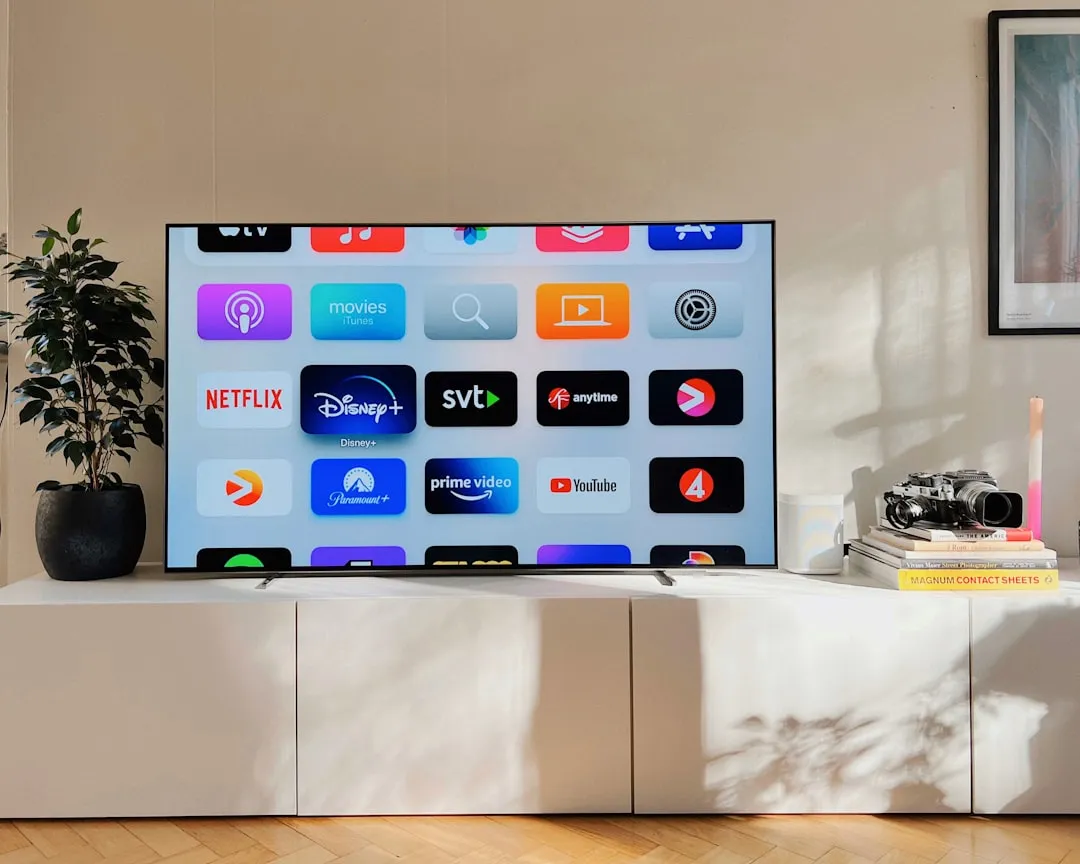
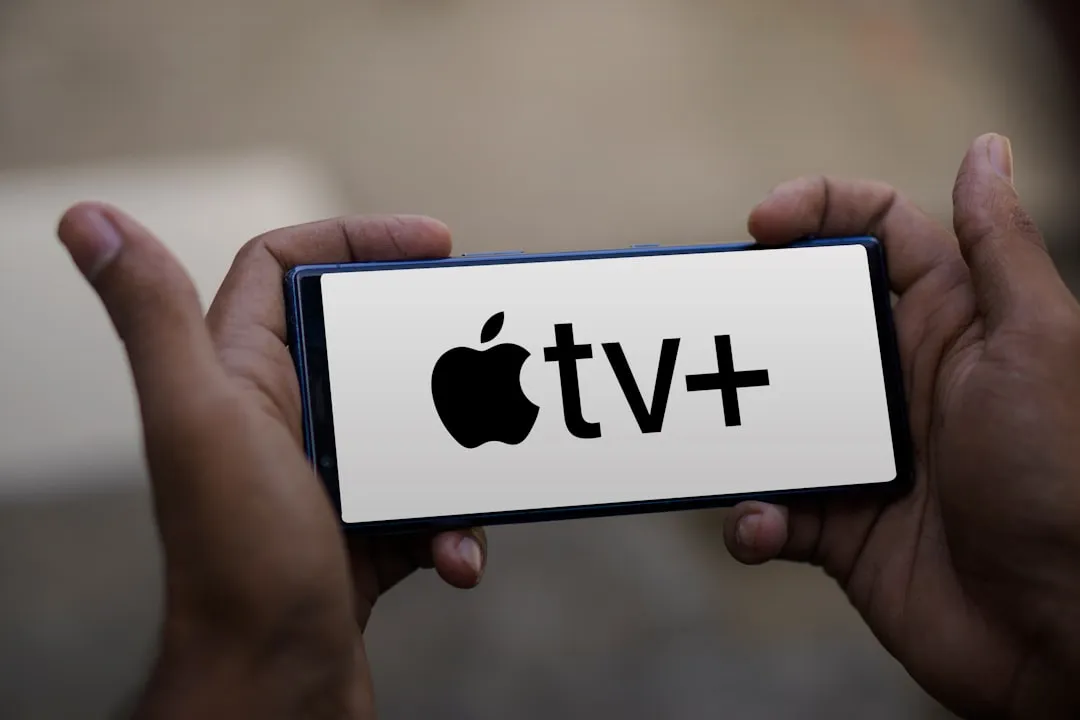

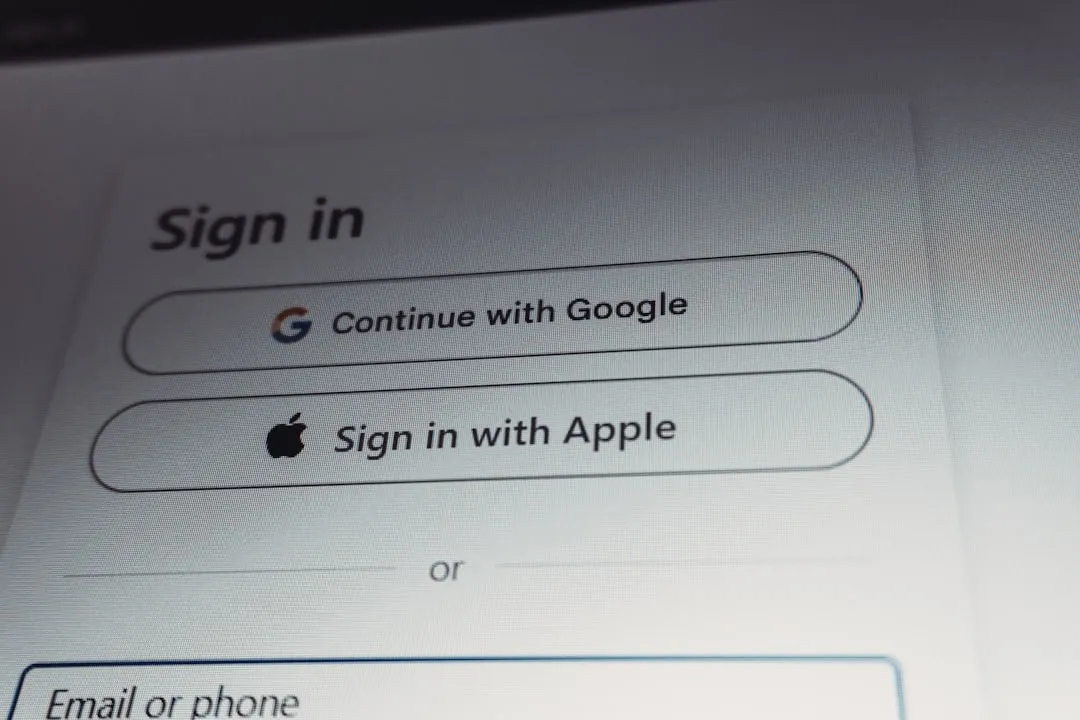



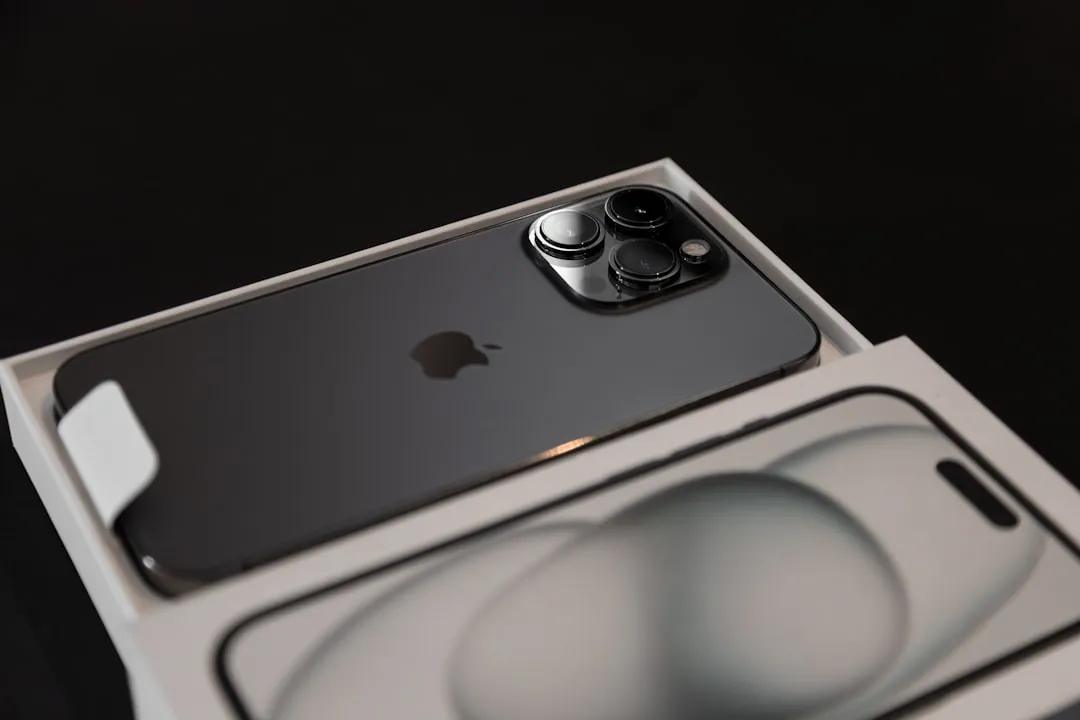



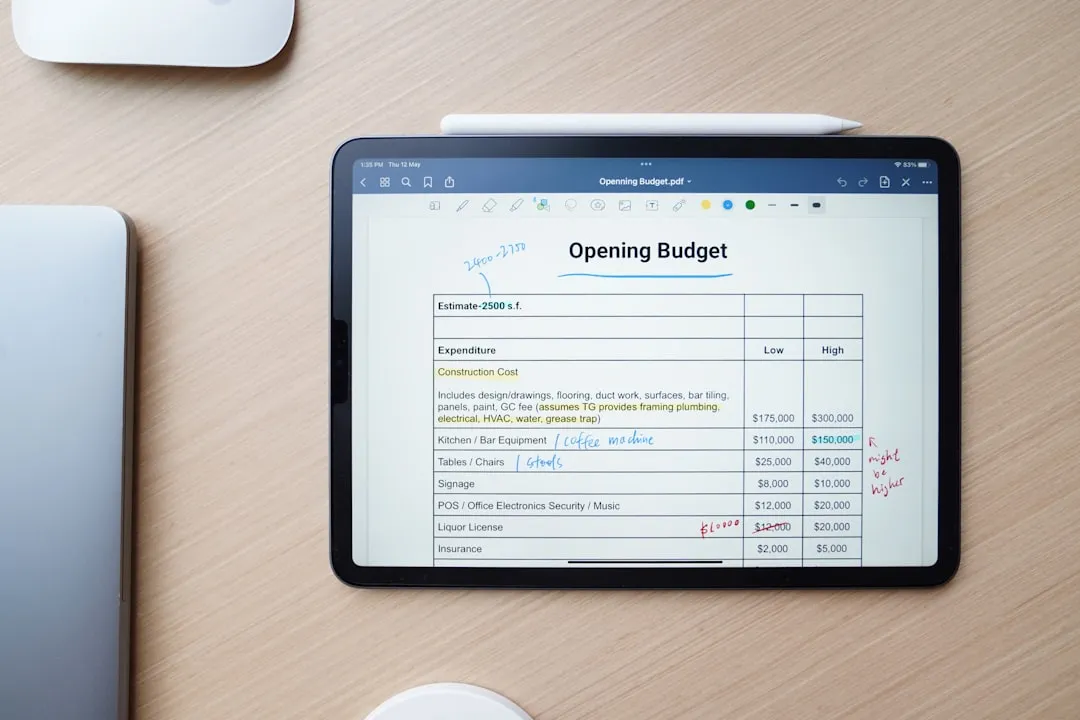





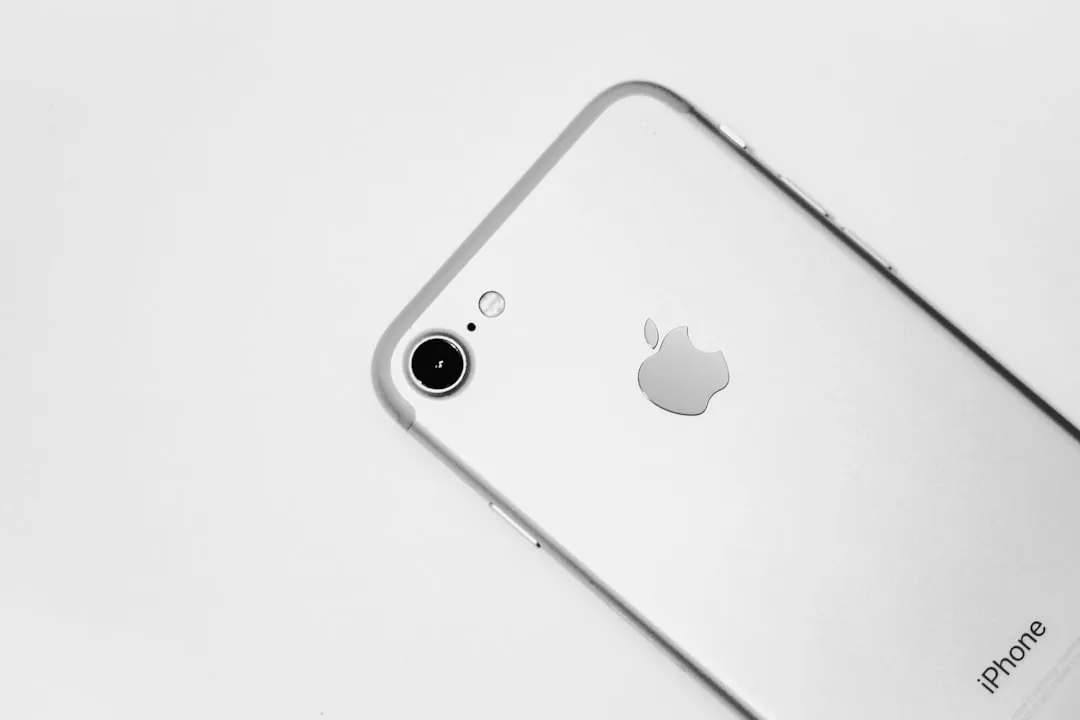

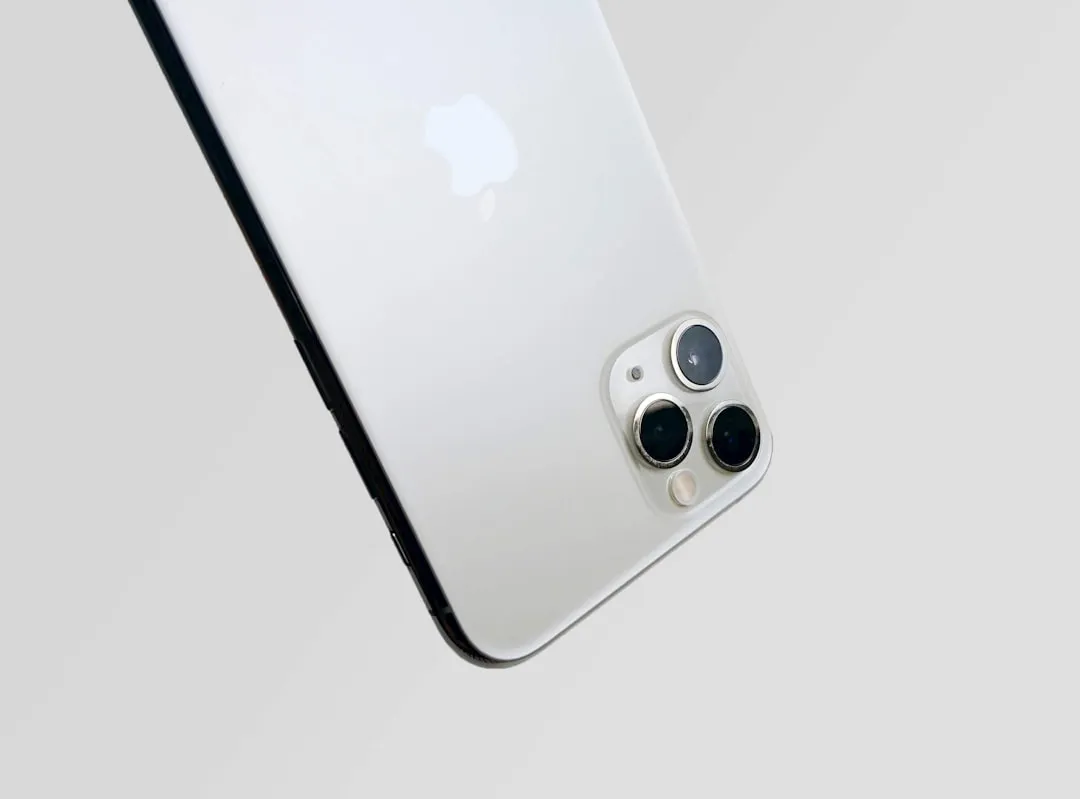

Comments
Be the first, drop a comment!